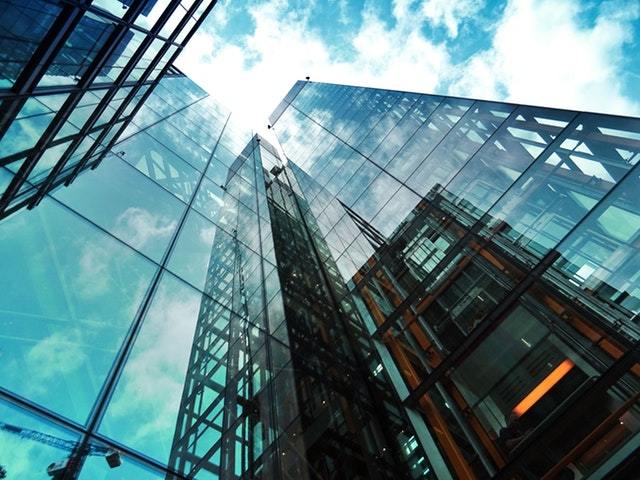The construction industry has been growing steadily since 2011. The global construction industry is expected to grow to US$10.3 trillion in 2020. Also, the GDP growth in the global construction industry is forecasted to grow by 3.6% in 2018. It is clear that the immediate future of the construction industry looks very bright and promising. The main contributor to this growth is due to the recovery of the economy, but there are various factors that have set a new wave of productivity rolling in the construction industry. The advancement and application of these technologies in different industries have been increasing at a shocking speed. Newer discoveries are being adopted to modernise old work processes. Here is a compiled list that outlines the emerging trends to look out for in the year 2018:
1. Building Information Modeling (BIM)
It takes into account the most crucial aspect of a construction project: Collaboration. BIM tech has been evolving and has introduced many levels that takes into account the level and extent of collaboration it offers. It has held a lot of interest from the construction industry. More and more, contractors are implementing BIM technology in their work processes.
2. Project management software
Like various other industries, construction has utilised the potential of implementing a project management software.
The software provides the industry with three crucial advantages: efficiency, transparency and accountability. The latest software also offers real-time communication, project overview, trackability and integrations with other software.
A project management software is helping improve and optimise the basics of how construction projects get the job done. Construction managers can already see the benefits of real-time project management software, and we are sure to see more of it in the coming year.

3. VR and AR
Compared to augmented reality, virtual reality is a much more common tool in construction as its often used in BIM. Its biggest asset is the ability to show clients what their investment will look like beforehand virtually.
Its benefits are not limited to design and architecture. In construction, it can be effectively used to provide safety training to workers and helping them prepare to operate the necessary machinery through simulation. One such example of virtual reality tech is the famous Daqri Helmet. The helmet has benefited various industry, including construction.
On the other hand, the basic aspect of augmented reality is enhancing what we see through data and information. This can provide accurate measurements reduce the risk of errors. Design clashes can be identified and changed based on the client’s specification.
But construction is gradually becoming more data focused and the possibilities and benefits of AR are be immense. In short, we will see more VR and AR in 2018.
4. Robotics
Robotics has revolutionised various industries, and its arrival in construction has been slow, but it’s rapidly spreading. One such example is MIT’s Digital Construction Platform which uses 3D printing to create form structures.
The benefits of such technology are huge. Robotics can replace humans and can get the job done faster, safer and cheaper. It is most definitely a trend to look forward to.
5. Drones
It is extensively used in mapping the construction site, reporting the changes and updates of the project to clients, and in the monitoring and inspection of job sites. Through drones, construction managers can get their job done faster and with lesser money spent.
As one of the more glamorous technologies available, the usage and investment of drone are sure to increase in the year 2018 and so are its benefits.
